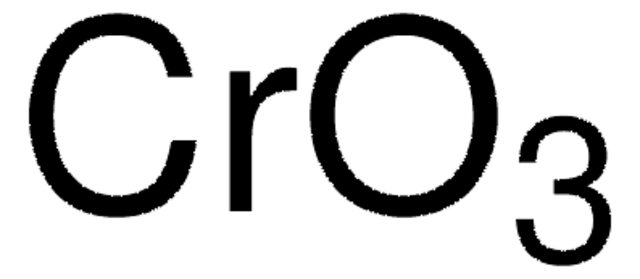745952
Barium titanate(IV)
nanopowder (cubic), 50 nm (SEM), 99.9% trace metals basis
Sinonimo/i:
BaTiO3 nanoparticles, Barium titanium oxide, Barium titanium trioxide, Titanium barium oxide
About This Item
Prodotti consigliati
Livello qualitativo
Saggio
99.9% trace metals basis
Forma fisica
nanopowder (cubic)
Dimensione particelle
50 nm (SEM)
Densità
6.08 g/mL at 25 °C (lit.)
Stringa SMILE
[Ba++].[O-][Ti]([O-])=O
InChI
1S/Ba.3O.Ti/q+2;;2*-1;
WNKMTAQXMLAYHX-UHFFFAOYSA-N
Cerchi prodotti simili? Visita Guida al confronto tra prodotti
Descrizione generale
Applicazioni
Avvertenze
Warning
Indicazioni di pericolo
Consigli di prudenza
Classi di pericolo
Acute Tox. 4 Inhalation - Acute Tox. 4 Oral
Codice della classe di stoccaggio
11 - Combustible Solids
Classe di pericolosità dell'acqua (WGK)
WGK 1
Punto d’infiammabilità (°F)
Not applicable
Punto d’infiammabilità (°C)
Not applicable
Scegli una delle versioni più recenti:
Possiedi già questo prodotto?
I documenti relativi ai prodotti acquistati recentemente sono disponibili nell’Archivio dei documenti.
I clienti hanno visto anche
Articoli
A significant limiting factor for wearable electronics and wireless sensors is the finite amount of energy that can be stored in on-board batteries.
Among various ceramics, one-dimensional (1-D) piezoelectric ceramics have attracted significant scientific attention for use in energy harvesting.
Il team dei nostri ricercatori vanta grande esperienza in tutte le aree della ricerca quali Life Science, scienza dei materiali, sintesi chimica, cromatografia, discipline analitiche, ecc..
Contatta l'Assistenza Tecnica.












